From Tragedy to Meaning: Yair Anconina's Journey of Healing Through "The Shelter of Kindness"
Yair Anconina thought he'd seen it all in his role at a Chavara Kadisha. But after a call to duty on Simchat Torah exposed him to unimaginable horrors, a profound idea emerged: "The Shelter of Kindness," a mobile unit dedicated to honoring victims and supporting grieving families.
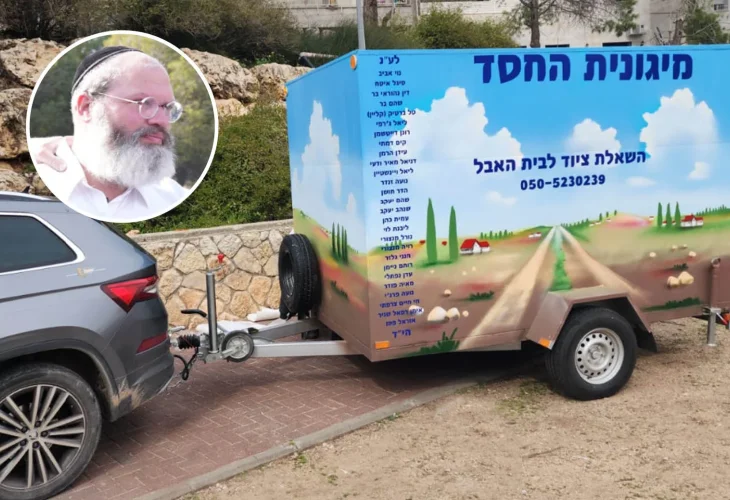 The Shelter of Kindness. Inset: Yair Anconina, Director at Chavara Kadisha
The Shelter of Kindness. Inset: Yair Anconina, Director at Chavara Kadisha"I always thought I'd seen everything," says Yair Anconina, a resident of Beitar Illit, who has worked as the CEO of a Chavara Kadisha in Jerusalem for years. "In my role, I've handled the most difficult cases, organizing funerals for tragic deaths following attacks, and more. Additionally, for 19 years I've been part of the reserve unit of the military rabbinate for Central Command, responsible for searching and identifying victims on battlefields or disaster sites for burial."
"I thought I'd seen it all," he repeats, "until I was called to reserve duty on Simchat Torah 5784 and faced such horrific cases, nothing in my life could have prepared me for it."
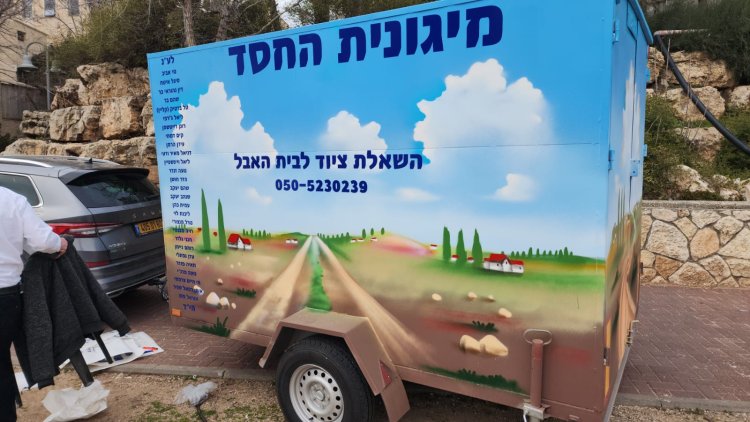
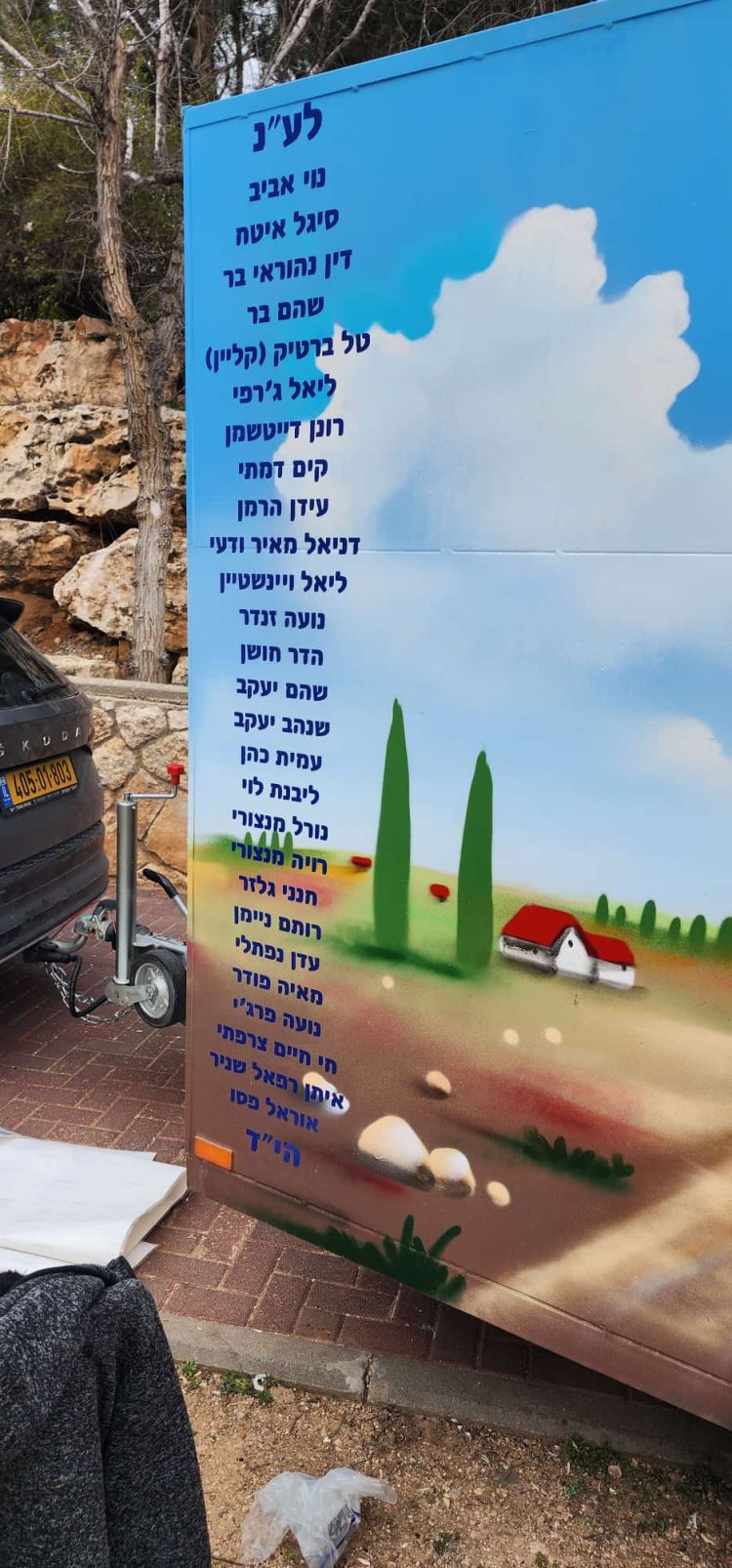
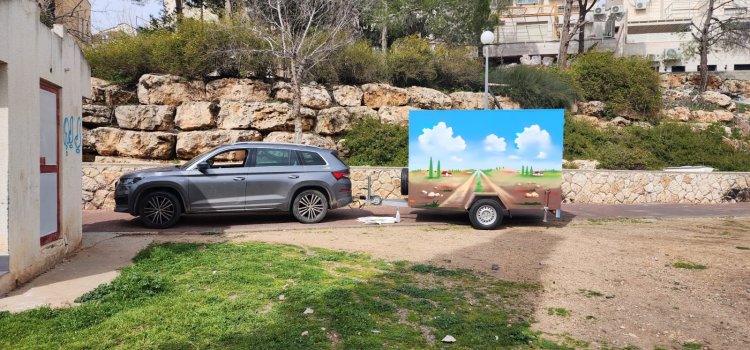
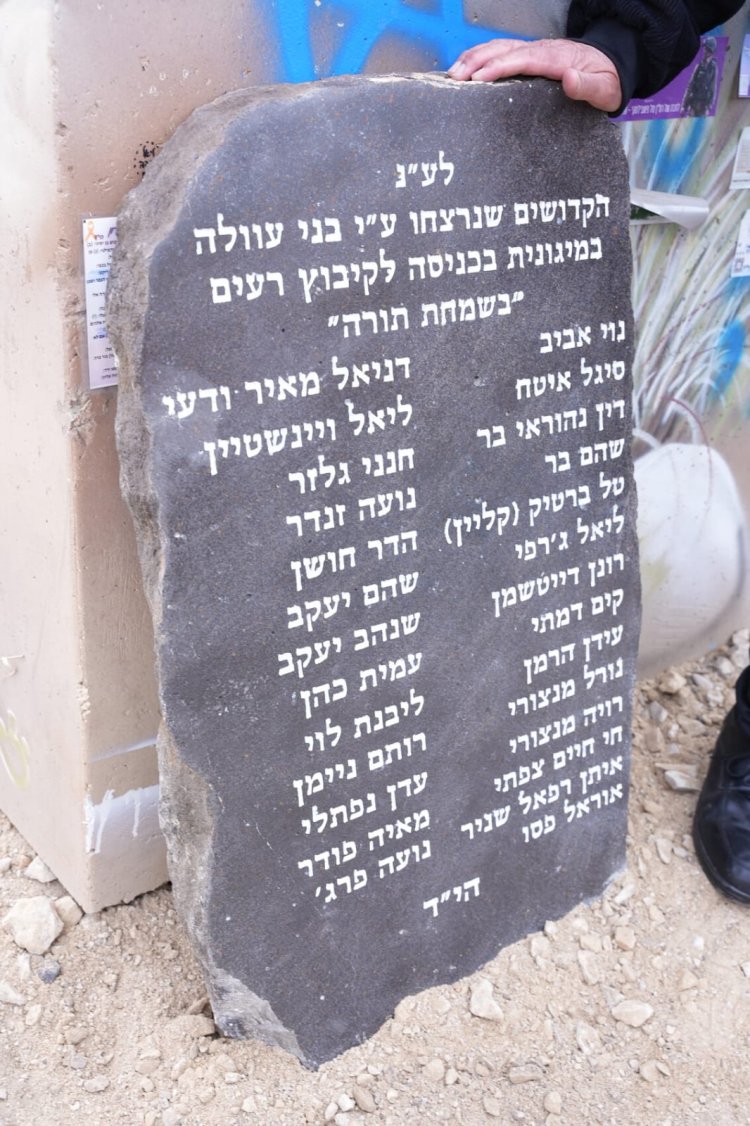
"Unimaginable Scenes"
Anconina was among the first to enter Kibbutz Re'im, facing endless rows of burnt homes. Despite the devastation, he didn't immediately grasp the scale of the tragedy. "As the hours passed, I realized it was a horrifying massacre unlike anything seen before," he adds. "My unit and I were sent to the hardest-hit areas – to the home of Pesi Cohen, where 13 hostages were killed, the infamous dental clinic in Be'eri, and other sites. Everywhere we were, we handled the deceased, striving to treat them with dignity and move them quickly to their final resting place."
"But the greatest trauma awaited us at the shelter located at the exit to Tel Aviv. "I arrived there with five other team members after we were informed that 'there are two dead at the shelter entrance needing care'. That was true, and we took care of them, but then I had a gut feeling to check inside the shelter, just in case someone needed help."
"I peeked inside. It was pitch black, so I turned on my flashlight, and then I saw the most horrifying scene imaginable. It turned out it wasn't just one person, but 27 people who had been murdered. It's the most difficult moment from those days that has stayed with me, haunting me day and night."
According to him, he and his team remained focused on their mission. "We worked on autopilot," he recalls, "with gunfire constantly overhead, encounters with terrorists in the area, and explosions forcing us to keep low. Eventually, we completed the task, but our souls remain unhealed, and as I said – those images haunt me."
Do you know if anyone survived from the shelter?
"Yes, I'm aware that some were rescued. I spoke directly with one survivor while still in the shelter. I noticed many cell phones on the ground, one of which was clean and in good condition. I picked it up and saw a message on the screen: 'If you find this device, call me,' with a phone number. I made contact and discovered that the phone's owner had miraculously escaped from the shelter, and we returned the device to him. There were several survival miracles, but the death and horrific scenes were overwhelming."
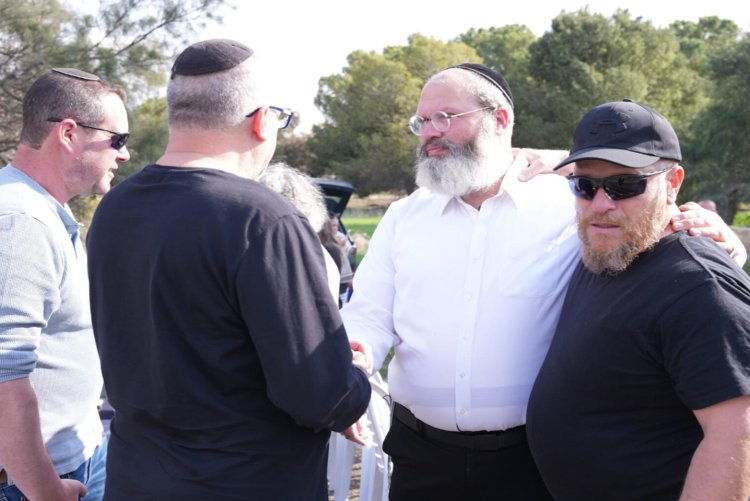
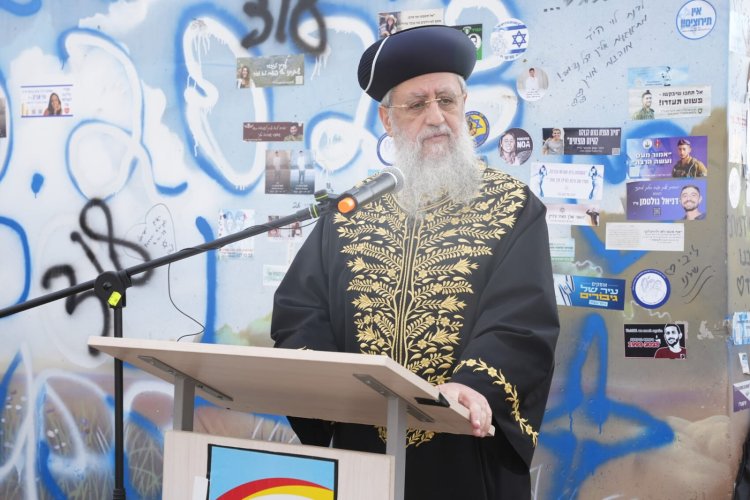
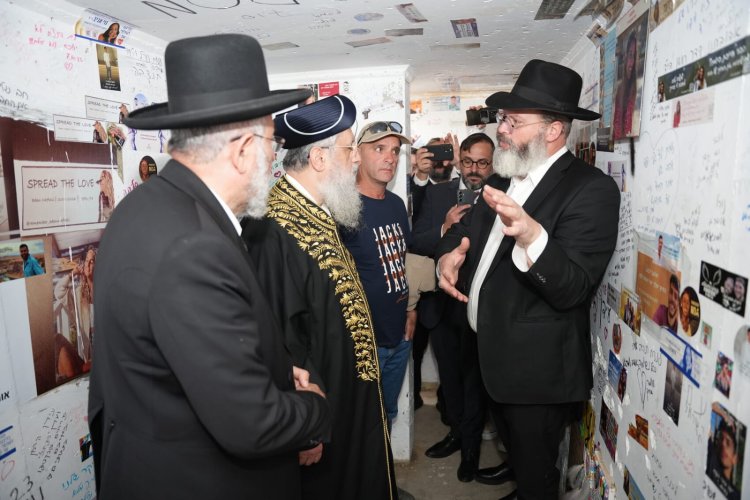
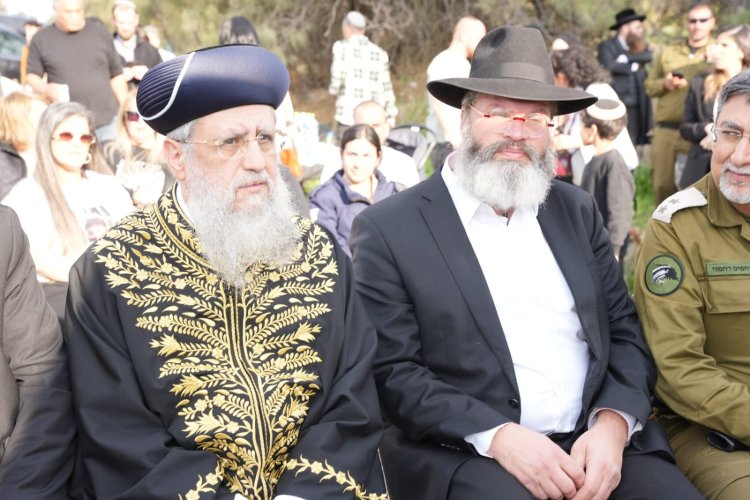
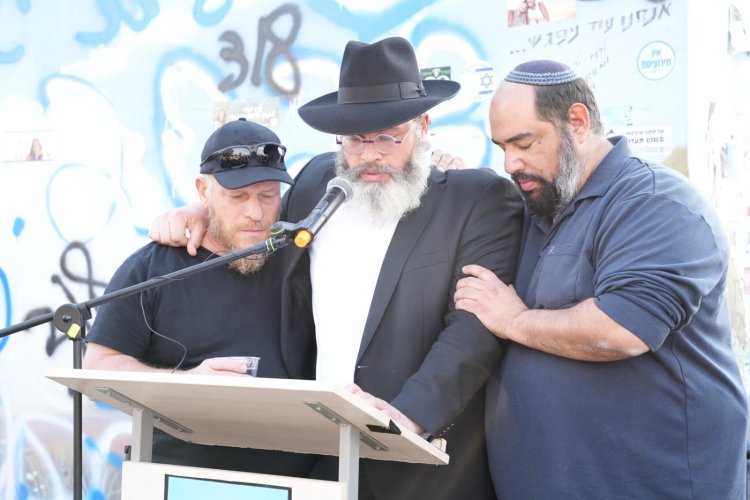
The Shelter of Kindness
Throughout the first year of the war, Anconina continued to show up on the frontlines, completing over 200 days of reserve duty. "But when the war calmed a bit," he recounts, "I tried to return to normalcy, but I couldn't. The harsh memories wouldn't leave, so I sought professional help, hoping for relief. In therapy, I repeatedly faced the question that plagued me: 'How is it, as someone who works all his life with the deceased, that I shattered to pieces from what I saw?' It led me to several insights about the unfathomable scale of the tragedy and the sights that no normal soul can bear. This is Israel's greatest disaster since the Holocaust; there are no other words."
"The more I thought about it," he continues, "the more I felt compelled to ensure these intense emotions didn't end in mere mental strain, but rather led to something positive. This birthed the concept of repurposing the 'shelter of death' into the 'Shelter of Kindness'."
Anconina describes the idea: "I bought a trailer shaped like a rectangle to serve as a storage unit and contacted the artist Elieasaf Meira, known for his murals, many of which adorn shelters in the South. He also painted the exterior of the death shelter, and I asked him to replicate that painting on my trailer. When Meira heard the plan, he was very moved and said, 'This is a blessed initiative; I want to be your partner.'"
"Once the trailer was ready, we filled it with all the necessary equipment for a mourning house – small chairs, tables, Shabbat urns, burners, prayer books, Tanakhs, and a small ark. I knew there were areas in Israel where such resources were scarce, and with a mobile trailer, I could deliver wherever needed. Most importantly, I knew this act of kindness would honor the memory of the 27 victims who will never leave me," Anconina explains.
When the shelter trailer was prepared, Anconina planned a small dedication ceremony with his wife and five children. "But then, a friend suggested inviting the victims' families. Initially, I doubted I'd reach them, but I tried anyway, and in the end, they all came. That same friend also advised me to invite the Chief Rabbi, Yitzhak Yosef, so I contacted his office, and within hours, they confirmed his attendance. Thus, the simple ceremony turned into a significant event where the trailer, bearing the names of all the victims, was inaugurated."
Currently, Anconina says, he's busy operating the trailer, ensuring it reaches every place it's needed, while simultaneously working on preparing additional trailers. "My dream is eventually to run 27 trailers, one for each victim. I know it requires immense investment and effort, but I'm entirely committed. I'll do anything to assist in commemoration and to serve the Jewish people who need it so dearly."

